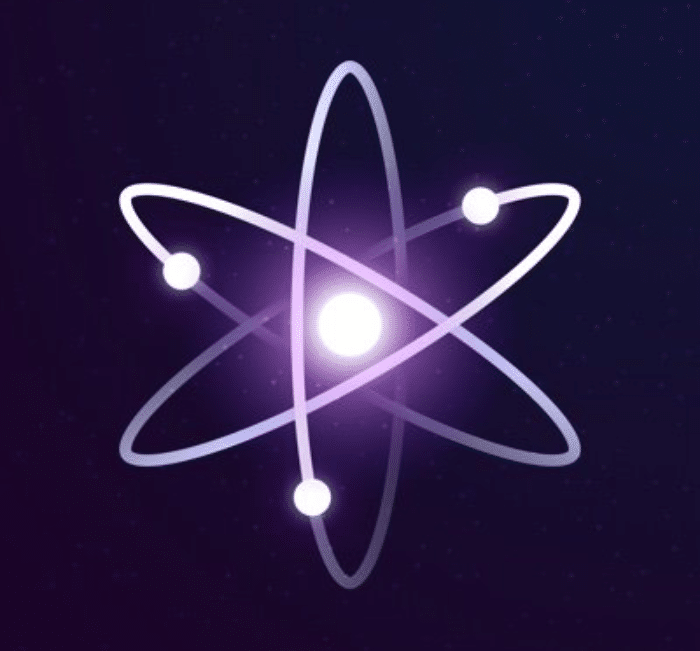Why in-game purchases are turning into NFTs
This week we’re going back into the digital world. In this issue we’ll explore blockchain-based video games.
I know the NFT world can be overwhelming for people. Heck, I get overwhelmed myself sometimes. It’s tough to know what to pay attention to with so much going on.
Still, there’s not a ton of folks in the mainstream media talking about this concept yet. So I think it’s worth going into, because you’ll probably start hearing about it sooner or later, and we can help make sense of it all.
Let’s dive in!
Sponsored by Onfolio

We first covered Onfolio back in July of 2020, in our first issue on fractional website investing.
So what’s it all about?
Onfolio Holdings, Inc. is currently offering preferred shares with a 12% annual dividend, paid quarterly. They buy and grow a diverse portfolio of profitable online businesses, each with a niche content focus.
With the goal of creating limited downside while capturing above-average returns, Onfolio typically acquires businesses that generate cash flows of 25%, and they pay Series A preferred shareholders a 12% dividend.
For added transparency, Onfolio is also on track to becoming a public company, having audited financials and an upcoming S-1 filing. This gives investors in the space a rare opportunity to capture above-average returns, with far less risk than usual.
You can read more about their unique offering here.
Table of Contents
What are blockchain games?
As we all know, despite the fact that they have existed for years, NFTs have recently and suddenly started to gain mainstream popularity. So far, the most common use-case has been enabling verified ownership of digital collectibles and virtual art.
Here at Alternative Assets, we write a lot about investing in NFTs — primarily by buying and selling popular digital artwork and music.
However, NFTs are poised to make a potentially even larger impact on the world of video games. How? By revolutionizing in-game ownership of virtual goods.
What are virtual goods?
Virtual goods are objects purchased for use in online communities and video games.
A form of in-game purchases, players buy items using real money, to improve their character’s performance, “rank up” quicker, and generally enhance the playing experience.
The virtual goods that the player receives are created by the game’s producers. Examples include items, weapons, skins, points, health, custom avatars, clothes, logos, hairstyles, accessories, pets, superpowers, cars, homes, cities, and basically anything else you can think of that exists in the real world.
Gamers have long understood the value of virtual goods. “Skins” from Counter-Strike sell on the Steam marketplace for thousands of dollars. Users pay tens of thousands for items in World of Warcraft. And the most expensive virtual good ever purchased was an entire planet in the game Entropia, which cost six million dollars!
Interestingly, these trades frequently happen without the consent of the game developers, who often ban accounts simply for trying to sell items for real money. Scams are rampant. In fact, a sub-economy of escrow-like middlemen has even emerged, who charge expensive fees to navigate the black markets and help gamers purchase virtual goods securely.

Why virtual goods are turning into NFTs
Until recently, in-game items were purchased the old-fashioned way: by credit card. This is starting to change. Video games are now fully. embracing purchases on the blockchain. Here’s why.
It eliminates black markets
Remember, the downside for players is that their account can get banned at any time, and if they want to sell items for real money outside of the closed game ecosystem they face a high risk of getting scammed.
But when game items are made into NFTs, the entire premise of ownership is changed. Turning in-game purchases into NFTs allows players to truly own the underlying items they bought or earned, and safely sell them for real money. The game owner can never take the item away from the player, and items can be freely sold for real money, without the high risk of loss to scams.
In short, it completely eliminates black markets.
It enables secondary markets
NFTs can also change a game’s entire revenue model. Game developers can now program a fee into the NFTs and earn revenue each time the item is traded downstream.
Since players would be able to legally resell items that they have purchased, the number of primary market sales may decrease. To compensate for this, the developers can create the NFT in a way that ensures a portion of secondary market sales goes to developers. This will help them to create massive virtual economies, instead of trying to shut them down through an endless game of whack-a-mole.
The secondary markets are a mix between the general marketplaces for all NFTs on a particular blockchain, such as Opensea, and a marketplace built by the game developers, like Axie Infinity’s marketplace. Expect high-quality NFT-based games in the future to gravitate more towards having their own built-in marketplaces to simplify the user experience.
It enables virtual land ownership and development
Another benefit is the ability to give players more control over the game through land ownership. As we’ll discuss a bit later, an upcoming blockchain-based game called Embersword will have an open world in which much of the land is owned by players. These virtual landowners can choose what they want to put on the land (say, a marketplace, or an enemy spawn point, etc). In doing so, they can not only shape the way the entire game world forms, but earn real money as players interact with their now appreciated land.
Currently, most of the games that use NFTs are fairly low quality, but this too is on the precipice of change.
Blockchain technology has, until recently, been too cumbersome for gaming with slow transactions, high fees, and poor user experience. But the recent innovations like Solana and Immutable X allow for almost instant and free transactions that can be built right into a game interface. Now that technology has finally caught up, game developers are hard at work building AAA quality games with NFT goods.
Sponsored by Meco

There’s no better way to stay up to date with investing than newsletters.
Meco app is here to supercharge your learning through newsletters, giving you a space to enjoy newsletters without the distractions of the inbox. No noise, just newsletters.
Everything in the app is designed to remove the feelings of guilt and stress that come with traditional email and enable mindful reading and discovery of new amazing newsletters.
Meco allows you to easily group your newsletters by topic, plus you can scroll from newsletter to newsletter just like a social feed.
The app connects with Gmail so there is no work required moving existing newsletters to the app.
Get more from your newsletters today with Meco!
Blockchain games with investment potential
As you know, we don’t just write about NFTs just for kicks. There are some good investment opportunities within this space.
Here are a few new & upcoming blockchain games to get on your radar.
Ember Sword
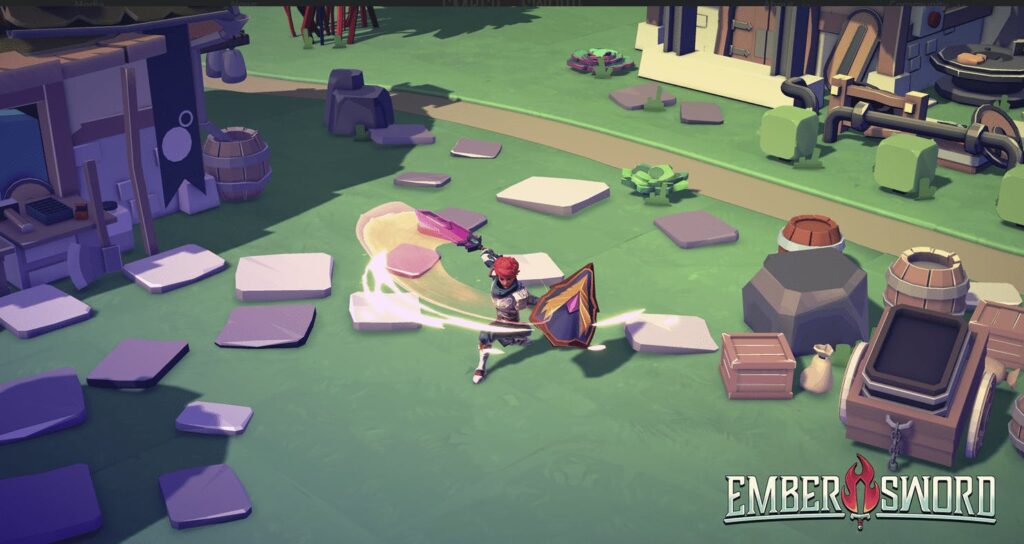
About the game
Ember Sword is an upcoming cross-platform MMORPG where players are not locked into any particular role and can make their own path through combat, mining, trading, and much more. It will be playable in your browser with plans to expand to mobile.
How NFTs and/or cryptocurrency will be used
As we discussed above, much of the land inside the world of Ember Sword will be owned by players. The owner of each plot has complete freedom to decide which buildings, enemies, NPCs, resources, etc. to put on their land. This way the game is shaped by the players and evolves over time. Landowners also can earn money when people use their land, like taking a fee from a shop or earning from all future sales of an item that an enemy dropped on their plot.
The cosmetic items in the game are all tradable NFTs, while the non-cosmetic items are not tradable. This allows for players to earn goods they can sell for real money just by playing, without making the game “pay-to-win.”
Investment opportunities
The land sale has been pushed back repeatedly, but should be quite close with the most recent post stating an estimate of early/mid Q2 this year.
Launch date
Ember Sword has been in development since 2018 and is slated to be released early 2022.
Rating
10/10
Star Atlas
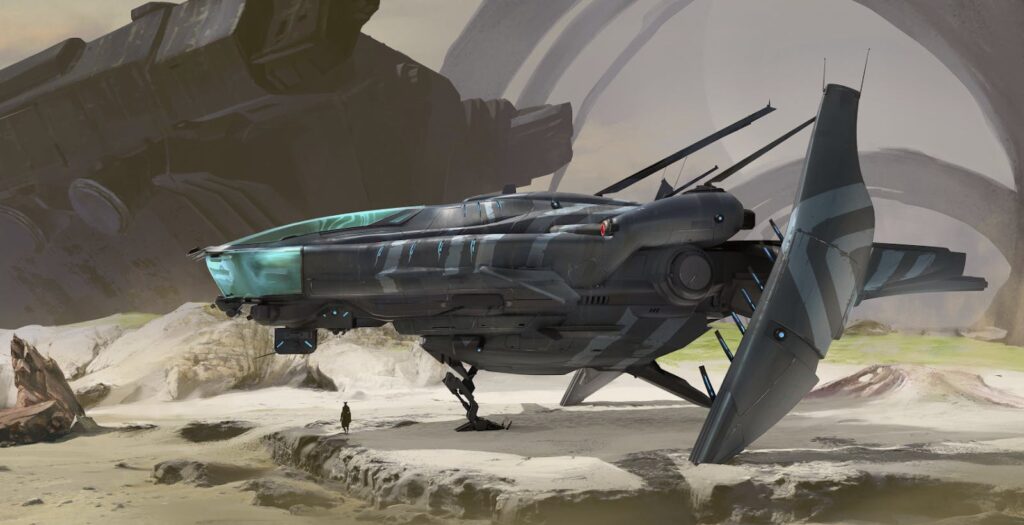
About the game
Star Atlas is a space MMO with grand aspirations. They are creating a whole universe where every planet and star can be explored.
Players have a wide range of professions they can follow to participate like bounty hunter, mercenary, entrepreneur, data runner, scientist, miner, and much more. With over 50 employees working on it already and scaling up fast, the game is expected to be very high quality.
The team intends for players to be able to earn significant amounts of money by participating in the virtual economy. Players can form decentralized corporations to achieve larger goals and hire others to complete various tasks. It’s entirely possible that many people will be able to work full time within the Star Atlas economy. ????
How NFTs and/or cryptocurrency will be used
Every item in the game is an NFT on the Solana blockchain and can be freely traded for the in-game currency, ATLAS.
ATLAS is a cryptocurrency that will trade on exchanges and can be sold for your fiat currency of choice (like dollars). The team intends for players to be able to earn significant amounts of money by participating in the virtual economy.
The other cryptocurrency within the game is the POLIS token, which is used for governance within the game. POLIS holders have jurisdictional ownership over regions of the game to impose taxes and create laws. They can also influence development decisions around asset release schedules and inflation. Over time, control over many aspects of the game will get turned over from the development team to POLIS token holders.
Investment opportunities
There are a variety of ways to invest in the future of Star Atlas. The first is through their NFT posters sale, which is a 14-week event happening now. In the future, they will hold sales for ATLAS, POLIS, and various NFTs.
(Note: In a recent Insider issue, Kiefer Zang did a deeper analysis of the Star Atlas investment opportunity)
Launch date
Star Atlas is expected to launch the full game in Q2 2022, but will have various minigames and beta stages before the full launch.
Rating
10/10
Illuvium
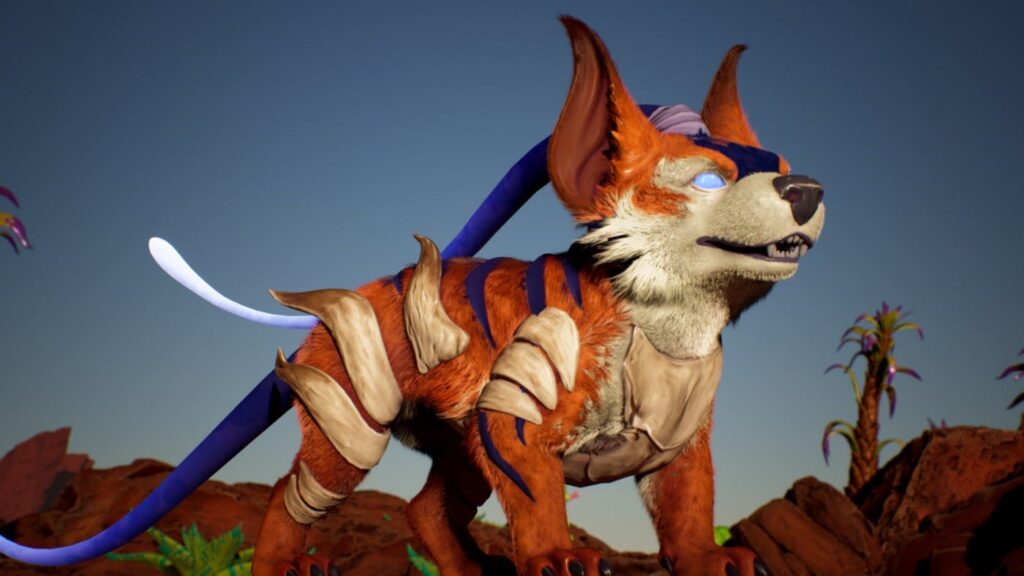
About the game
Illuvium is an RPG adventure game with an open world. It has Pokemon-like mechanics of capturing and battling creatures called Illuvials. The world contains over 100 different Illuvials with varying affinities, classes, and abilities.
How NFTs and/or cryptocurrency will be used
Built on Ethereum, but using Immutable X for fast and free transactions, all the in-game assets are tradable NFTs. Players also can earn the game’s cryptocurrency, ILV, by playing the game.
100% of the fees generated from the game go towards buying up ILV from the market and distributing it to holders. ILV holders also get to vote on changes to shape the game moving forward.
Investment opportunities
While the ILV token sale already happened, the tokens can currently be purchased with Ethereum on the Sushiswap exchange or with USDT (a stable cryptocurrency called Tether) on MXC Exchange. The team has not mentioned any upcoming NFT sale, but it seems likely that they will hold one at some point before launch.
(Note: In an Insider issue back in March, Kiefer did a deeper analysis of the Illuvium investment opportunity)
When It Will Launch
The anticipated release timeline is Q3 of this year.
Rating
9/10
Guild of Guardians
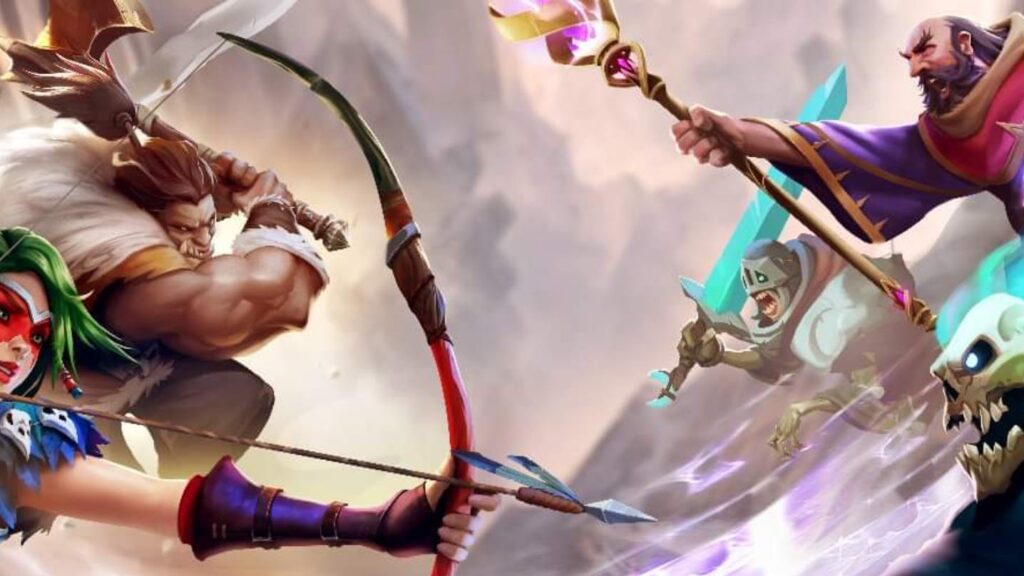
About the game
Guild of Guardians is a multiplayer fantasy RPG for mobile gamers. The multiplayer aspect is cooperative, rather than competitive, with players needing to team up in order to take on the strongest enemies.
How NFTs and/or cryptocurrency will be used
Heroes, equipment, and crafting materials will be tradable NFTs on Immutable X that can be earned just by playing. The team states that they will have systems in place to help the assets maintain value over time.
Users can also earn Gems, a cryptocurrency that will be central to the game’s economy.
Investment opportunities
The developers are not selling any equipment in order to protect the value of earning it in-game, but they are selling pets, energy boosters, heroes, and guild tokens. Pets give benefits like increased dungeon rewards or crafting resource generation, energy boosters allow the user to play for longer, and guild tokens allow the holder to lead a guild and get a cut of guild crafting proceeds.
The Founders Sale will be starting soon, potentially as early as mid-May. Those who buy during the founders sale will also earn some free gems on top of their NFT purchase.
Launch date
The full launch of the game is targeted for Q2 of 2023, but will have alpha and beta versions launching during Q2 and Q4 of 2022.
Rating
8/10
Blankos Block Party

About the game
Blankos Block Party is an open-world multiplayer game styled like a large block party that looks targeted toward a young audience. Players can build their own games like obstacle courses and battle arenas with just a drag and drop interface, then play them with friends.
How NFTs and/or cryptocurrency will be used
A key aspect of the game are Blankos, which are digital vinyl characters that represent the player. They are also NFTs, which will be tradable on the upcoming Blankos marketplace.
Investment opportunities
Blankos conducted a founders sale back in October, but the marketplace will be launching this month. Blankos are purchasable with USD or cryptocurrency and are NFTs on the EOS blockchain.
The team has been periodically having sales of various blankos in collaboration with popular artists. Each design is limited edition with each Blanko differentiated by serial number, some of which may be valuable as collectibles.
Launch date
The game is currently in open beta and an official launch date has not been announced yet.
Rating
7/10
Conclusion
It’s becoming increasingly clear that virtual goods in video games are one of the optimal use-cases for NFTs.
Depending on the blockchain used to create the NFTs, players may have to buy cryptocurrency, pay transaction fees, or become familiar with a crypto wallet in order to buy or sell the game items. All of which can slow down adoption. But rapid changes in blockchain technology (such as Immutable X’s instant and “fee-less” NFT trades) are breaking down those barriers.
At its best, NFTs will allow users to better justify the time and money spent in pursuit of virtual goods. Players can feel more secure that goods can’t be taken away from them, and that they’ll be able to resell them later.
By increasing confidence in the entire virtual goods ecosystem, NFTs will pave the way for huge virtual economies. It eliminates black markets, enables proper attribution for secondary markets, and (most exciting), enables virtual land ownership and development.
Who knows? Within the next decade, owning virtual land or a business inside a virtual world could be just as viable as owning a business in the real one.
Other news
Quality NFT domains for sale!
A friend of mine named Calvin purchased several high-quality NFT domains well before the mania began, and is now looking to sell them.
This is a drool-worthy collection of .com NFT domains. All domains are currently in live auctions on GoDaddy. Starting prices are reasonable, and links are below.
Start a conversation with him if you’re interested, or reach out to me for a warm introduction.
- nftanalysis.com
- nftexperts.com
- nfttracker.com
- nftcompliance.com
- nftquote.com
- nftproject.com
- whatarenfts.com
- nftadvisor.com
- nfthero.com
- nfttube.com
- nftcode.com
- nftmaster.com
- nftpower.com
Start your free trial of Insider.
Deep research and investment insights on thirteen alternative asset classes. Scores and recommendations. Outlooks and risks. And our private Facebook group. All for under $9/month.






